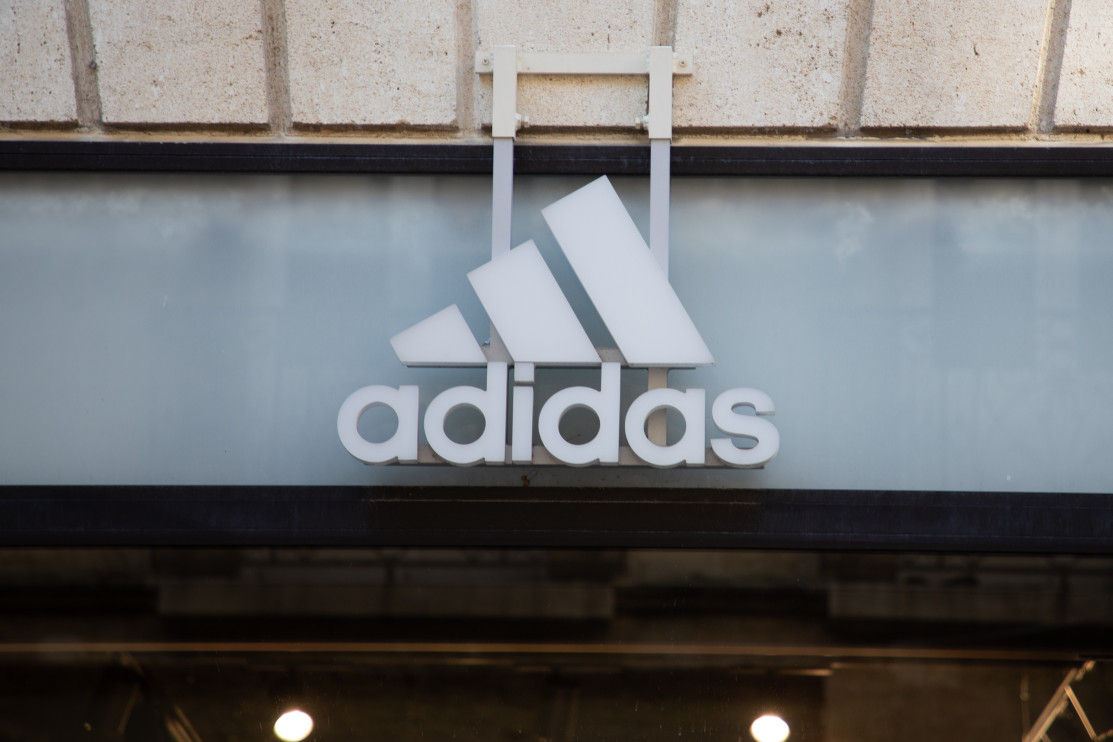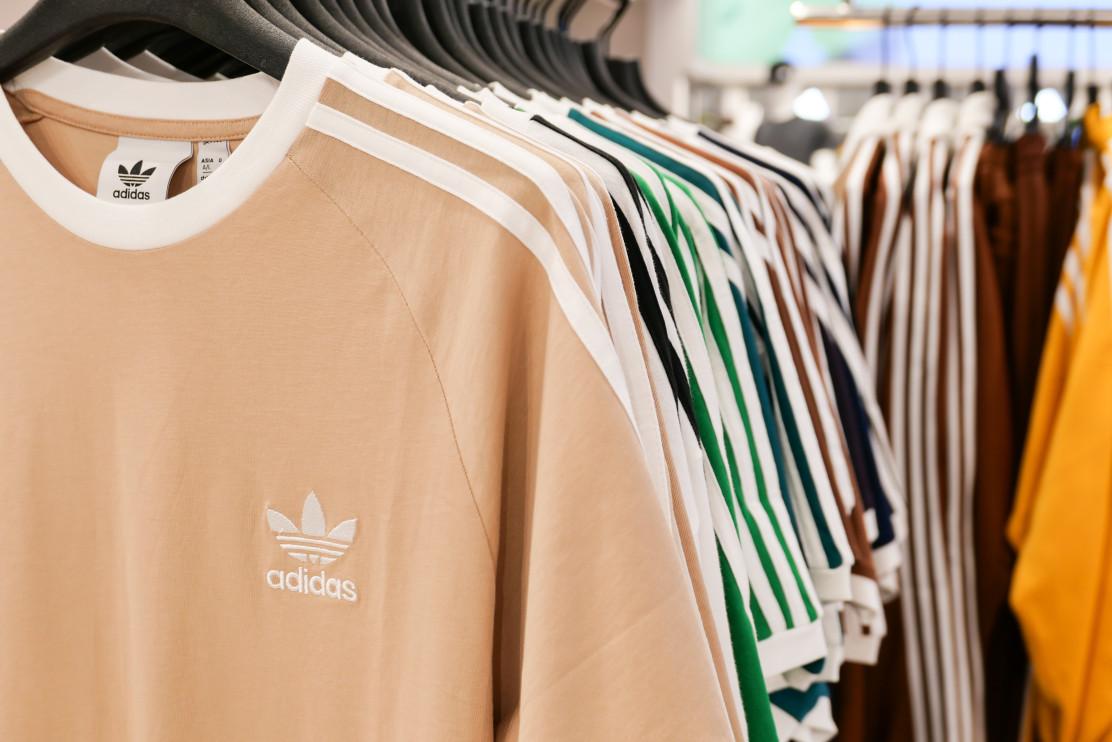Will Adidas Raise Prices Due to Trump's Tariffs? Losses Count in the Hundreds of Millions

It's not easy to get back to the top after briefly being on the brink. Adidas knows this all too well. Until recently, the German giant was grappling with the consequences of ending its partnership with Yeezy and the resulting damage to its image. Today? It's recording growth in every conceivable category: sales, profits, cultural impact. And yet, a dark cloud now looms over this steady climb: American tariffs.
The new US trade policy , strongly pushed by Donald Trump, leaves no doubt. Products imported from Asia, including countries like Vietnam and Indonesia—key to adidas' supply chain—will be subject to significantly higher tariffs. This cost could reduce the brand's budget by as much as €200 million by the end of 2025.
New US tariffsWhat kind of tariff increases are we talking about? For example, the current duty rate on shoes from Vietnam is 14%. The new rate could reach as much as 34% . In Pakistan, it ranges from zero to 30%, and in Cambodia, from 13% to a staggering 49%. These aren't marginal differences—these amounts are painfully affecting the operations of even giants like Adidas.
"This shows how unstable the situation is," commented the brand's CEO, Bjørn Gulden , during a press conference in Germany. "The same product, depending on the month of import, can be subject to a completely different tariff. This directly impacts costs."
 Adidas/photo: Shutterstock
Adidas/photo: ShutterstockAlthough the US market is only the second largest for Adidas, it is strategically important – both in terms of influence and trends. The company also has no immediate option of relocating production to the US.
Price increases? Don't worry, not yet.“We can’t manufacture most of our products in America,” Gulden admitted honestly.
Should consumers overseas start bracing themselves for more expensive sneakers today? Not entirely. Adidas has announced that any price adjustments will only take effect in 2026 and will apply only to new collections. The lines currently ordered by retailers will remain unchanged. The company doesn't intend to be the first to raise prices—and, as Gulden emphasized, if it does happen, it will be "cautiously done." Importantly, it's not yet known how the higher tariffs will impact demand.
"We are not sure how customers will react if tariffs contribute to inflation," the CEO admitted.
 Adidas clothing/photo: Shutterstock
Adidas clothing/photo: ShutterstockParadoxically, the tariffs are hitting the company at a time of its greatest growth in years. Net sales in the first half of the year reached €12.11 billion. Operating profit? €1.16 billion, a 57.7% increase compared to last year. The second quarter saw a 12% increase in sales (calculated on a currency basis) and strong figures in every category: footwear +9%, clothing +17%, accessories +7%.
Among the hits? The ever-recurring "terrace" style – iconic Samba, Gazelle, and Handball Spezial models , refreshed with collaborations and wild variations: metallic finishes, animal prints, florals, etc.
In addition, there's a boom in sports categories—running (+25%) and training (+20%) are booming. This is fueled by growing interest in basketball shoes, especially among professional athletes.
What's next for the Adidas brand?In the coming months, adidas expects further revenue growth in the high single-digit percentage range. Margins hover around 10%, and operating profit is expected to reach between €1.7 billion and €1.8 billion by the end of the year. However, the management remains cautious in its forecasts. Geopolitical volatility and uncertainty surrounding tariffs make it difficult to predict the final outcome of this race.
One thing is certain: if adidas manages to weather this storm without losing momentum, we could be witnessing one of the most exciting comeback stories in the world of sportswear.
well.pl





